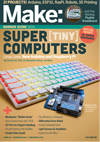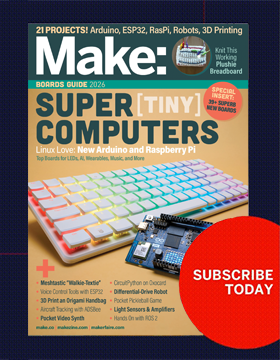As the Los Angeles host for the Maker Education Initiative’s Maker Corp program, The Exploratory has had the honor of seeing 18+ adults using the same materials that we use with 4+ Maker Scouts and noticing the differences and similarities. It occurred to me today, that children are more apt to have a story – a narrative that is connected to their making projects. Sometimes, its a story that comes from the project – a way for them to establish a sense of place. Other times, we find that a provocation is helpful as a starting point. I’ve done e-textile projects before and without a provocation, I have noticed that the young makers tend to make copies of other people’s design. So, for this introduction to e-textiles, I thought that I would ask ” What kind of superhero would you be and where would your power come from?” I also asked ” What do you LOVE so much that you feel a strong need to protect it?” We had the best answers – ” Cats, Dogs, Eagles, my family, and best of all – MILK.”










